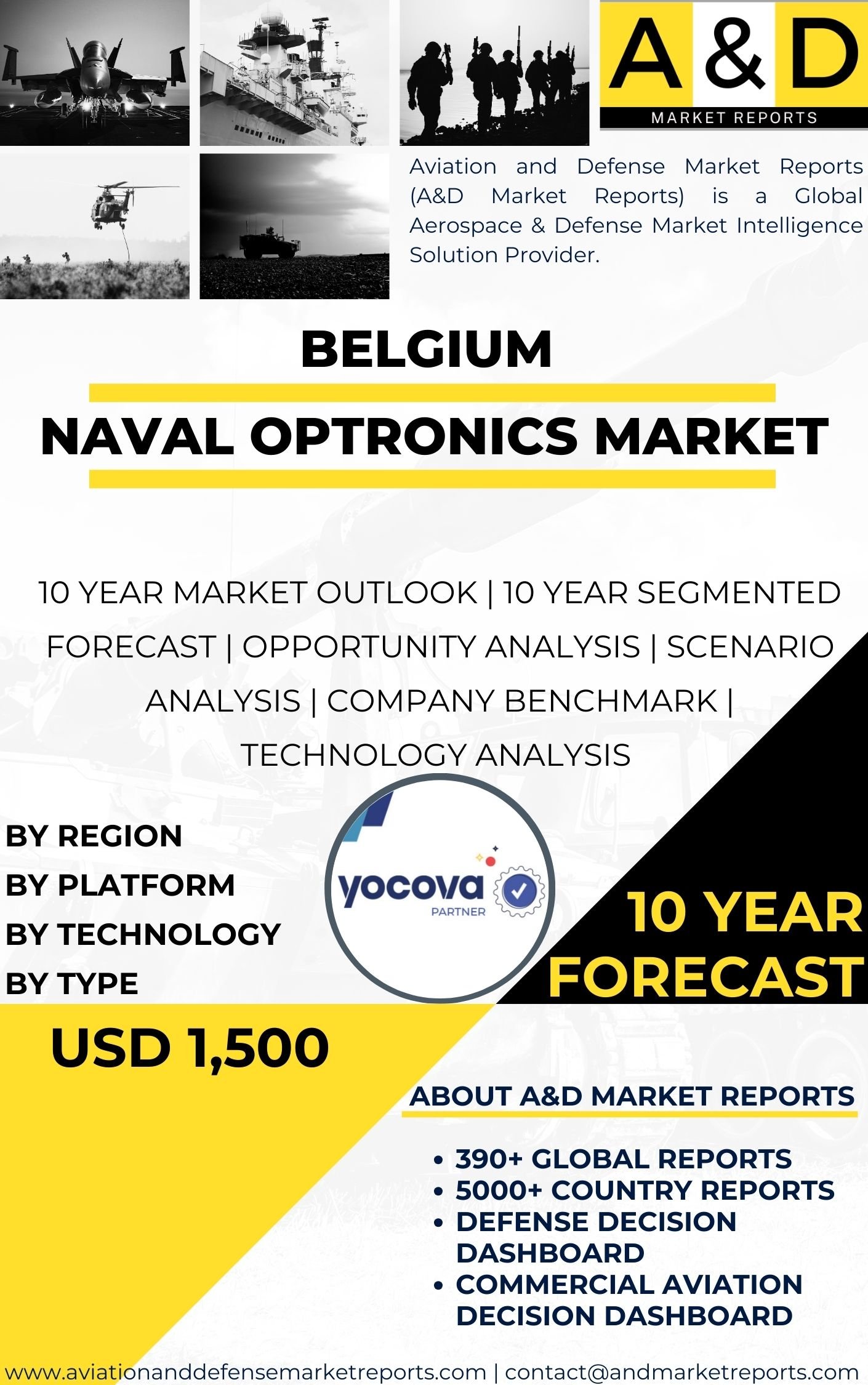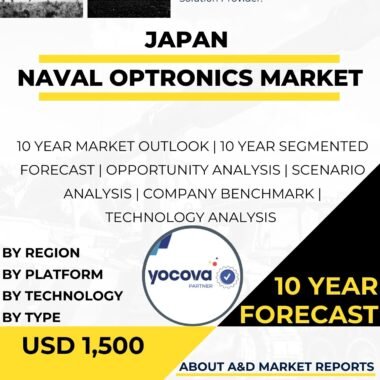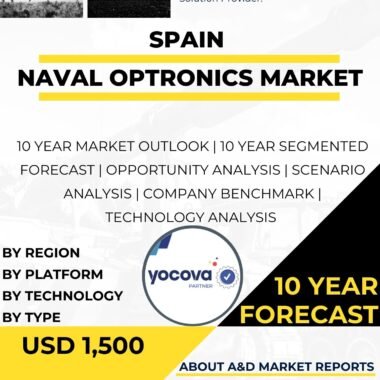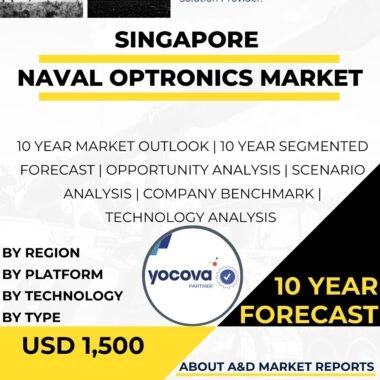Description
Belgium?s naval optronics market has become a cornerstone of its defense modernization efforts, driven by the growing demand for advanced surveillance, targeting, and situational awareness systems aboard naval vessels. Naval optronics encompass a wide range of electro-optical and infrared sensors, including periscopes, thermal imaging cameras, target acquisition systems, laser range finders, and integrated observation modules, all of which enhance the operational effectiveness of surface ships, submarines, and patrol vessels. The Belgian market is influenced by the nation?s strategic maritime position in Europe, its active participation in NATO maritime operations, and its focus on protecting territorial waters, critical maritime infrastructure, and shipping lanes in the North Sea and beyond. These factors collectively drive investment in sophisticated naval optronics solutions that provide precise, real-time situational awareness and threat detection capabilities.
The Belgian naval optronics market is characterized by advanced sensor technologies that enable multi-spectral imaging, long-range target tracking, and threat identification. Modern electro-optical systems provide high-resolution imaging under various environmental conditions, including low-light and adverse weather scenarios, which are critical for naval operations. Infrared and thermal imaging sensors are extensively used for surveillance, search and rescue, and detection of asymmetric threats such as small fast-moving boats or unmanned surface vessels. Belgian defense technology providers are investing in cutting-edge optronics integration, combining optical, infrared, and radar data to deliver comprehensive situational awareness for naval commanders.
Targeting and fire control capabilities are central to naval optronics systems in Belgium. Advanced optronics provide precise range, bearing, and motion data that can be integrated with weapon systems for guided missile launches, gunfire, and torpedo deployments. Belgian firms are leveraging artificial intelligence and machine learning algorithms to enhance target recognition, threat classification, and automated tracking, reducing operator workload and improving response times in high-stakes operational environments. The integration of optronics with combat management systems ensures seamless data flow and decision-making efficiency, which is increasingly vital in complex naval theaters.
Belgium?s naval optronics market is also shaped by modularity and system interoperability requirements. Sensors and observation platforms are designed to be adaptable to multiple vessel classes, including frigates, corvettes, and submarines, allowing for upgrades and integration with allied naval forces? systems. This flexibility supports Belgium?s commitments to NATO standardization and ensures that its naval assets remain technologically competitive. Moreover, the market emphasizes lightweight and compact optronics designs, enabling deployment in smaller vessels and unmanned platforms without compromising performance.
Cybersecurity and electronic resilience are increasingly important in Belgium?s naval optronics landscape. With growing threats of electronic warfare, hacking, and jamming, optronics systems are designed with secure communication channels, anti-jamming features, and robust encryption to protect sensor data integrity. Belgian defense suppliers are actively developing secure, networked sensor systems that can operate in contested environments while maintaining high situational awareness and operational effectiveness.
Beyond traditional defense applications, Belgian naval optronics systems are used in maritime domain awareness, port security, and environmental monitoring. Multi-sensor optronics can detect and track commercial and recreational vessels, monitor pollution levels, and provide early warnings for maritime hazards, adding civilian value to military technologies. The dual-use capability enhances market adoption and encourages continued investment in R&D.
Looking forward, Belgium?s naval optronics market is expected to expand steadily, driven by modernization programs, NATO obligations, and technological innovation. Focus on AI integration, multi-spectral sensing, and secure communications will strengthen Belgium?s capabilities in maritime defense and surveillance. With ongoing investments in R&D, system interoperability, and advanced sensor technologies, Belgium is positioned to maintain a robust naval optronics sector capable of meeting both national defense objectives and multinational operational requirements.




